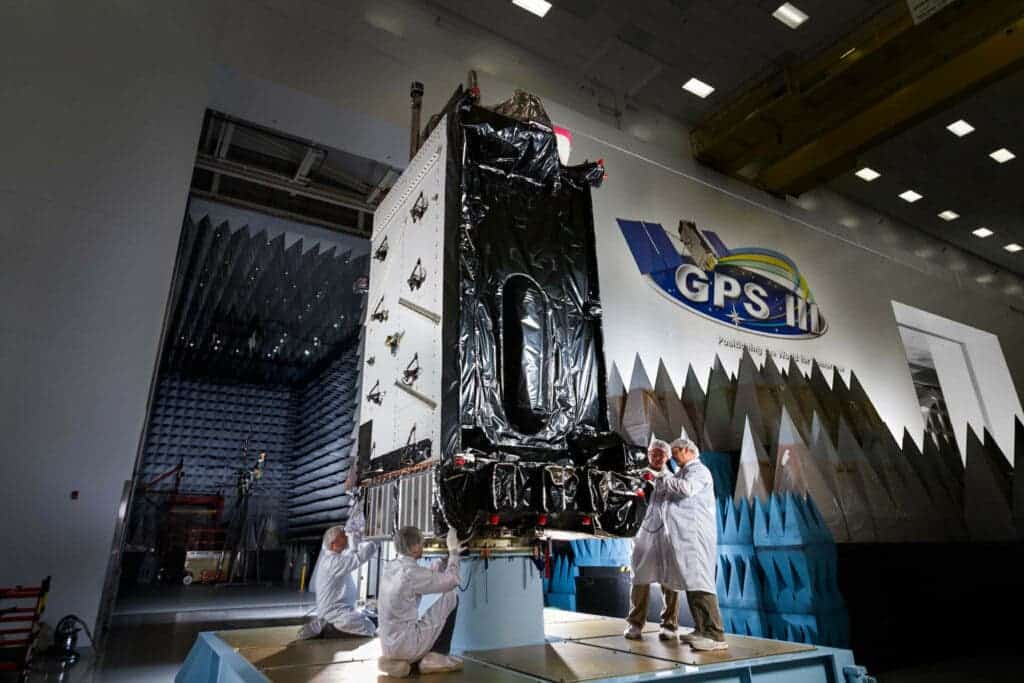Global Positioning System (GPS) satellite navigation could eventually be subject to a major upgrade as Elon Musk’s SpaceX has launched a satellite that promises to make GPS three times more accurate. Nevertheless, this doesn’t necessarily mean that improvements will be seen overnight.

Usually taken for granted, GPS satellite navigation has become an essential tool for anything from military operations to a road trip. Every GPS device determines its position, navigation and timing information by receiving signals from a constellation of satellites orbiting the Earth 20,000 kilometers away.
The technology already works pretty well already and it feels like it’s always been there, despite its actually quite new, with the first such satellites launched in 1978 by the United States. Since then, many organizations have been involved in trying to refine it. Now, it was time for SpaceX to join that group.
Earlier this week, a Falcon 9 rocket delivered its first payload for the United States Space Force mission, carrying a state-of-the-art new GPS satellite. The mission sent up the third satellite for the so-called GPS III project, which seeks to upgrade the constellation of GPS satellites currently orbiting the planet.
“Your GPS just got slightly better,” Musk wrote on Twitter moments after the GPS III satellite was deployed. But that’s not actually true since GPS doesn’t get better automatically just because SpaceX launched a new satellite into space. Still, when more such satellites are deployed, the improvement should be more visible.
Your GPS just got slightly better https://t.co/XsblUsiNXU
— Elon Musk (@elonmusk) June 30, 2020
The current GPS technology can narrow down a location within 28 inches (about 71 centimeters). While that’s quite an achievement, GPS III technology will narrow that range down even further, offering accuracy within nine inches (about 22 centimeters). That’s almost three times as accurate as now.
Coverage will also improve. This might mean that the dreaded “searching for signal” message on a cellphone while trying to get to a restaurant or a party could eventually be something of the past. Or maybe even forget about the difficulties of getting a GPS signal when you are in a forested or mountainous region during a hike.
The new satellites have a 15-year lifespan, which is twice as long as the current ones. They can be launched two at once, making them cheaper. And, most importantly, they will be harder to jam. So far, only one of the three that are in orbit is fully operational and the manufacturer Lockheed Martin is now building ten more.
Understanding GPS
GPS technology essentially uses signals from satellites in the sky to pinpoint the location of a user. A receiver, usually a smartphone, measures how long it took for a given satellite’s signal to reach Earth and then multiplies the time by the speed of a radio wave to work out the distance.
Nowadays GPS applications aren’t limited to simple, though widespread, auto-navigation, or as personal mapping; they’re used by manufacturing industries, supply chains, drilling oil, various other logistics, banks, and virtually anything you can imagine. A report warned in 2017 that the world might depend too much on the technology.
While the United States’ GPS constellation first started in 1978, the US is just one player in this global field. In 1982, the Soviet Union launched GLONASS, or Global Navigation Satellite System, and China followed with Beidou in 2000. Then came the European Space Agency with its first experimental satellite positioning system, Galileo, in 2005.


